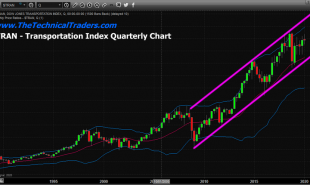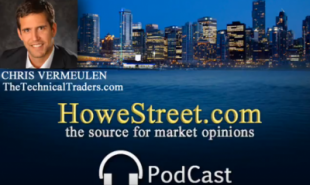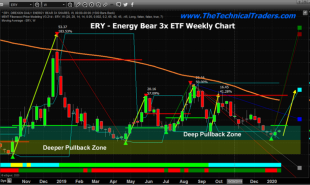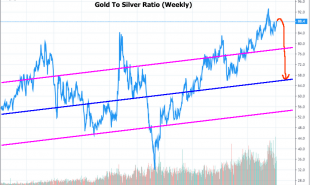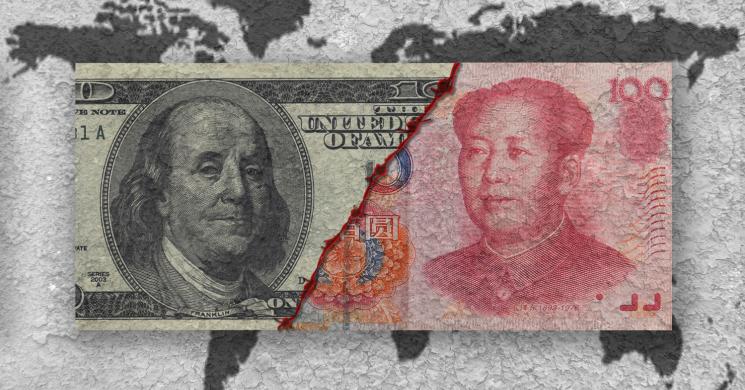
We may be witnessing a declining US-led world order in slow motion. In contrast, a rising China, in the short term particularly in the Asia Pacific and Eurasian regions. The current “America First” US policy when contrasted with positions stated during the 19th Party Congress in China (CPC) have demonstrated that regional dynamics are definitely changing. While the realignment and trade tariff tiff between DC and Beijing may be the headline grabber, the global financial balancing act is not limited to these two heavyweights in isolation.
Washington and Beijing have at their core two differing views on what constitutes geo-economic “order”. The US has based their vision on certain security assurances, US Dollar-friendly economic policies and promoting a distinctly American brand of “values”. Beijing on the other hand has stressed economic development and human inter-relations as their basis for engagement.
Both positions contrast clearly when in the beltway the budget mantra keeps circling around increasing US military capabilities, against China’s efforts to boost its sphere of influence via the Belt and Road Initiative, and developing closer bilateral ties with Russia, India, Pakistan, Iran, Turkey and quite a few more including many of the nations within the African continent.
Trade volume between ASEAN member nations and China hit a record high in 2017, as China has become the largest trading partner for almost all member states. Similarly, ASEAN is the main foreign direct investment area and the fourth largest export market for the United States. That being said, and despite territorial disagreements between ASEAN members and Beijing’s views on the South China Sea, the contrast with the US administration, its trade war with China and it’s on again off again mercurial policies throughout the region does not give confidence within ASEAN that the US will be a reliable partner in the future.
This being the case, there is a strong effort to diversify away from geo-economic and geopolitical dualities choosing either a US or China umbrella. This diversification opens the door for other regionally significant countries to play constructive roles such as Russia, Japan, India and Australia in shaping regional economic order.
Internationally, China is not the only challenger the US brand of world order is facing. There is also Russia to consider especially in view of the strengthening economic relationship between Moscow and Beijing. Russia has become China’s biggest supplier of crude oil in 2017 and both have secured more oil and gas supplies for the future. This is a distinct break from the petrodollar, which plays no role in this. They are also actively having regular joint military exercises throughout their several regions of influence.
Beijing and Moscow share a multipolar worldview, which simply is not US centric, and revolves around the concept embracing polycentric spheres-of-influence as the basis for international order. Much therefore is at stake worldwide both economically and politically on whether, when and how the US finally decides to normalize relations and on what multilateral terms.
While for decades the primacy of the US Dollar has underpinned US foreign policy and been supportive of projecting US policies and power on the international stage, the costs of using the US Dollar (as opposed to national currencies) are becoming increasingly apparent to a number of sovereign countries, particularly the emerging markets. Weakness throughout all the Emerging Markets (EM) continues, and it looks to be with us for a while. The list of EM’s affected is growing steadily with South Africa now joining Turkey and Argentina in showing initial signs of recession.
The Central Bank of India has and is conducting several interventions to protect their national currency. The Philippine peso also dropped to lows last seen in 2007. Indonesia too has seen it’s Rupiah severely battered. It looks like the investing world is getting ever jitterier as evidenced by a continued outflow of capital from emerging markets mostly back into US dollar instruments as a default “safe haven”.
As I am working out of Moscow, this EM’s outflow is affecting the Russian ruble as well, although reasons for ruble weakness are different from most of the EM’s. The weakness is not due to questionable financial management or overindulgence at the US Dollar trough - that has been laudable and conservatively solid. Much of the negative impact is due to the various pressures directed against Russia through sanctions and the possibility of enlarging them with yet more pressure from the US/UK tag-team, possibly supported or enhanced by Germany, Canada and France for their own various and several self-interests.
Weighing on the Russian ruble is also the Syria situation where comments from all sides involved indicate that most countries currently on the ground there will maintain their strategies and military presence ongoing in Syria. This serves to maintain a high international anxiety quotient that weighs down most non-dollar markets, and supports a stronger US dollar.
One Russian CEO whom I have known for years wryly observed that history from a theoretical as well as practical standpoint could serve, if studied, as a warning flag to keep from stepping on the same rake twice. He recalls the US Smoot-Hawley Tariffs of 1930 (20,000 tariffed items), which he says are now being expanded and repeated in the growing restrictive Tariff, Embargoes, Sanctions spats playing out now in global trade. He went on the say “Todays US protectionism is like a Smoot-Hawley Frankenstein on US dollar steroids. Even Henry Ford back then said they were “asinine”, and perhaps he was right as they were repealed in a very few years after having done their damage to US relations from Canada to Europe and Asia. Perhaps we are repeating this move but without the great depression as a populist reason.
Investors in Russia will therefore continue to monitor discussions about the package of impending new Skripal, Syria or some other flavor-of-the-month sanctions against the Russian Federation by the US Congress. Assumptions are that they may affect some of Russia’s largest Russian banks, which may increase risks for foreign partners of the Russian Federation in the event these new sanctions restrict financial settlement processes.
The above, added to the pressure EM’s have been under because of the Fed ratcheting up U.S. interest rates and a stronger dollar have dampened investor interest in the EM’s. The appeal of many of the EM’s are their higher relative yields when compared to the established developed markets. When that differential narrows due to the U.S. Federal Reserve raising borrowing costs, emerging markets in consequence become less attractive.
A cycle feeds on itself, and as some have observed may lead to a domino effect of contagion. That in turn again serves to underscore the need to diversify away from having so many sovereign financial eggs so dependent on a unipolar US Dollar basket. It may also be the spark that could very well form a very real, long sought after serious foundation for select cryptocurrencies to play a serious future role. That is another story for a different time.
Paul Goncharoff
Moscow, RF


